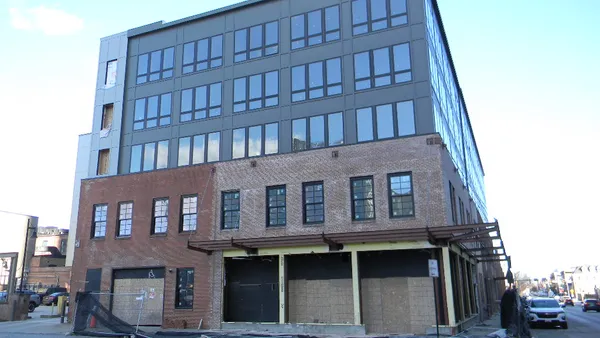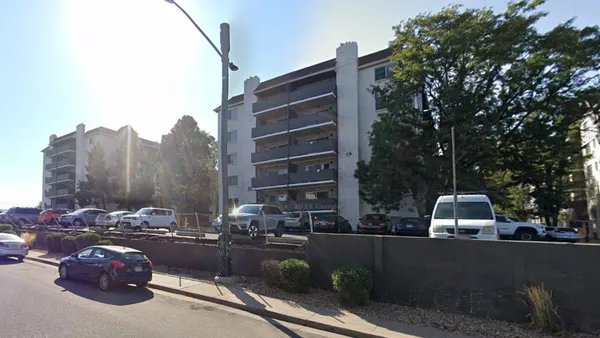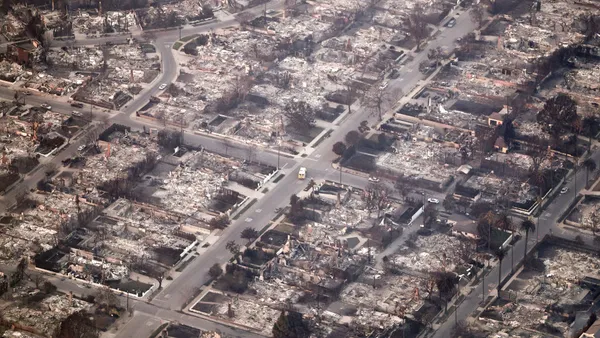Dive Brief:
- For the first time since 2009, U.S. apartment demand has fallen negative on a quarterly basis — down to -44,719 units in the last quarter. This follows a “historic wave” of new household formations in 2021, according to RealPage’s latest U.S. apartment market report.
- There are no large waves of renter turnover, no indication that renters are doubling up, and no swell in unpaid rent, according to Jay Parsons, senior vice president and chief economist at RealPage. Instead, this drop stems primarily from low consumer confidence and pressures from inflation. Demand remains weak across all housing types, including for-sale housing and other types of rentals, despite job growth and wage gains, the report said.
- While weaker lease-ups last year could point to pent-up demand for apartments in 2023, Parsons said, this depends on consumer confidence and whether or not it rebounds.
Dive Insight:
Over 98,000 new units came online in the fourth quarter, bringing the year’s total to 345,685, according to data that RealPage shared with Multifamily Dive. In addition, the national vacancy rate has risen to 5%. They have increased in all but two of the nation’s 150 largest metros — Midland/Odessa, Texas; and Youngstown, Ohio.
Asking rents fell by 0.4% in December 2022, adding to a cumulative drop of about 1.6% since September. RealPage anticipates further cuts brought on by a wave of newly constructed Class A apartments.
At the metro level, the steepest rent growth cuts last year were in tech markets where economic growth has slowed, particularly Austin, Texas; San Jose, California; and Raleigh, North Carolina. In two markets, rent growth has gone negative year-over-year: Phoenix at -0.5% and Las Vegas at -0.2%. The slowdown in these two markets follows a boom in rent growth and inbound migration in 2020 and 2021.
At the same time, eight major markets, led by northern New Jersey and South Florida, that were hit hardest by outbound migration in 2020 and 2021 posted modest rent increases in the fourth quarter of 2022,. Large metros in Florida, California and the Sun Belt are expected to lead in rent growth this year.
Looking ahead, RealPage predicts that 575,591 new apartment units — the highest on record — will hit the market over the course of 2023. Demand is expected to cap out at 492,862, while occupancy is expected to drop 0.3 percentage points to 94.9%.
Nearly a quarter of the new construction pipeline — 971,356 units nationwide — is concentrated in five markets: Dallas; Phoenix; New York City; Austin, Texas; and Atlanta. Dallas leads the top five 50,616 new units under construction, about half of which are scheduled to deliver in 2023.
“Bottom line is, the rental market is rapidly shifting in the favor of renters,” Parsons said in the report. “Vacancy will almost certainly increase more in 2023 as new supply surges to the highest levels in four decades.”













